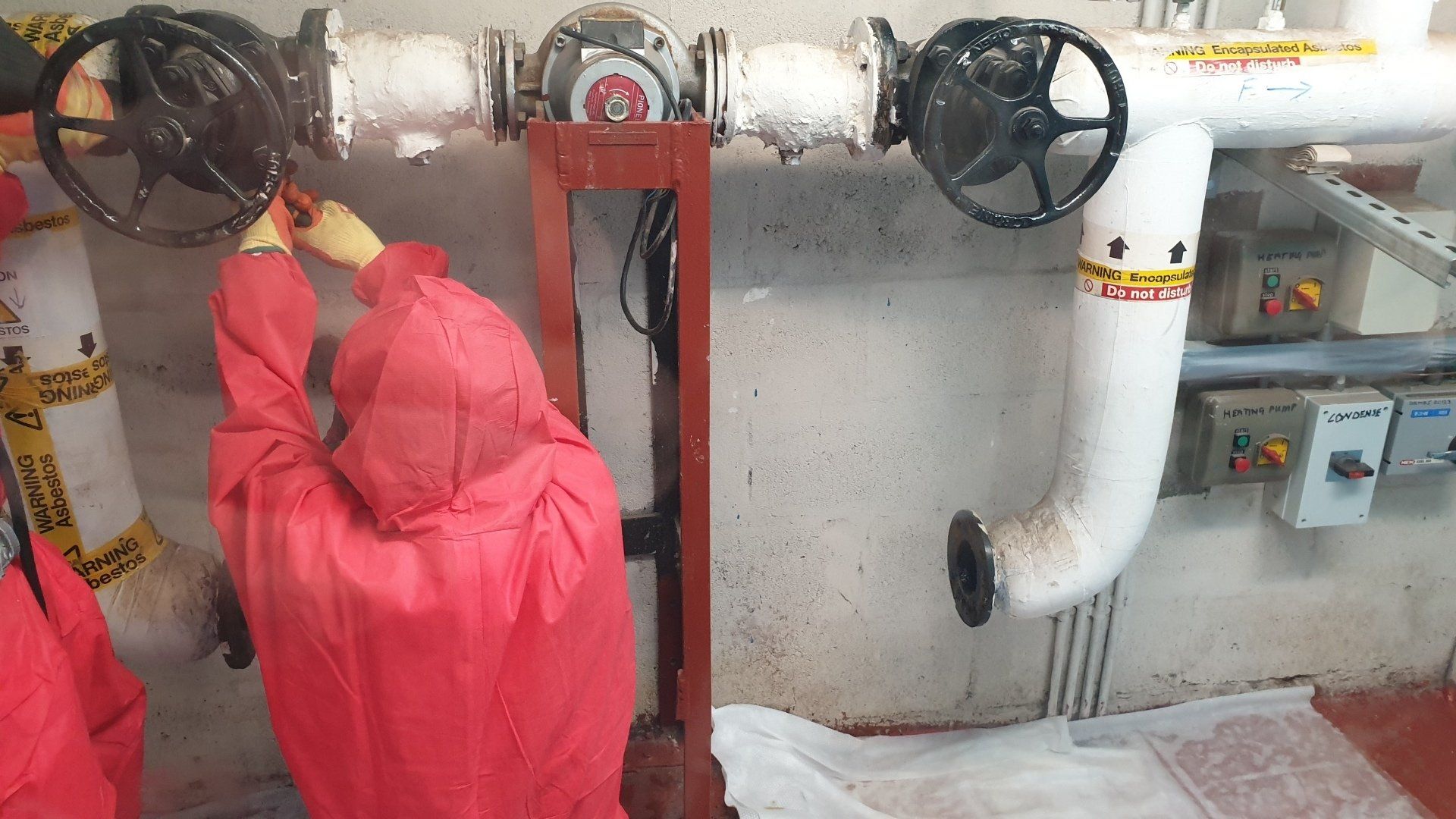Specialist asbestos removal services in Scotland
Edinburgh based Chamic Industrial Services Ltd is an experienced asbestos contractor. We work across Scotland and the North of England.
Safety First
If there is asbestos in your property, you need to ensure that it is removed safely and effectively. By employing Chamic Industrial Services Ltd you will not only keep your workforce safe but you will ensure your compliance with current Health and Safety legislation.
If you are looking to have asbestos remedial works carried out to the highest standard then get in touch with Chamic Industrial Services Ltd for expert asbestos removal. We have more than 36-years of experience in this field and are committed to delivering a quality, effective and superior service. We also provide demolition and site clearances, why not take a look at some images of our previous work?
Our asbestos removal & SUPPORT services:
- Expert asbestos removal
- Asbestos consultancy & advice
- Emergency work
- Encapsulation
- Asbestos surveying
- Industrial cleaning
- Thermal insulation
- Industrial cleaning
- Environmental cleaning
Our client base includes, private individuals to multinational companies. We have undertaken asbestos removal and disposal for organisations such as the City of Edinburgh Council, University of Edinburgh, University of Glasgow, Diageo and NHS Scotland.
Asbestos FAQ
All information quoted has been taken from the Health and Safety Executive (HSE) and more information can be found by visiting this link:
www.hse.gov.uk.
we work anywhere in scotland and northern england
Don't take chances with asbestos, always choose an experienced company to safely remove and dispose of it. Contact us today at: reception@chamic.co.uk









